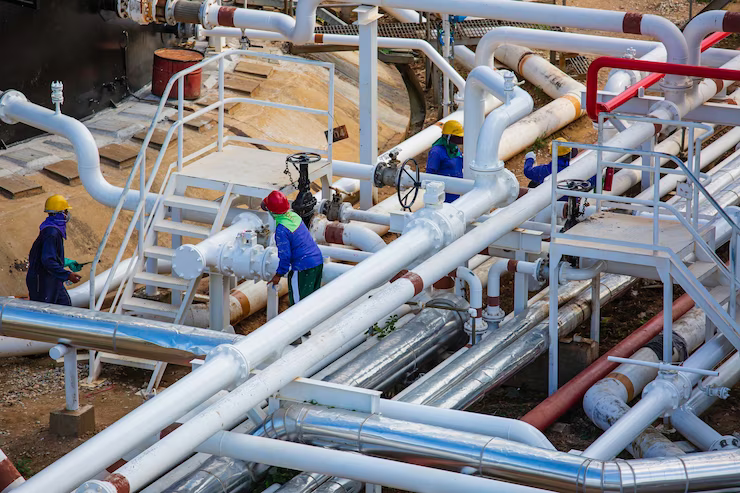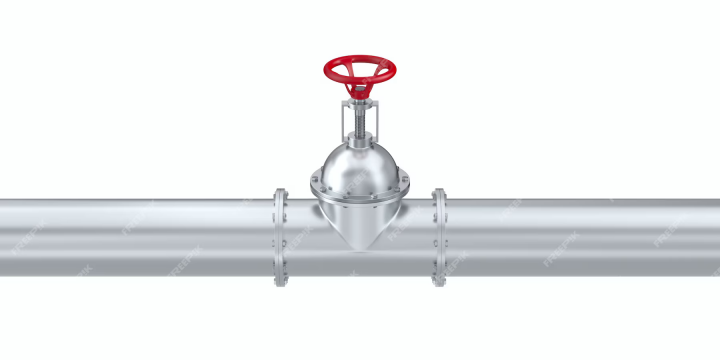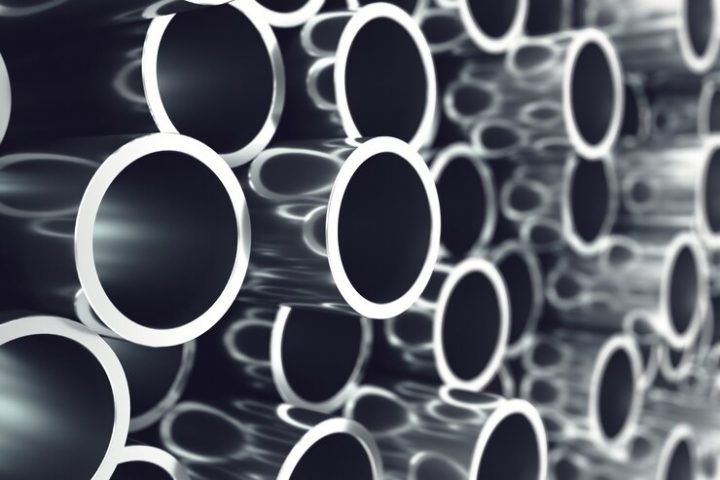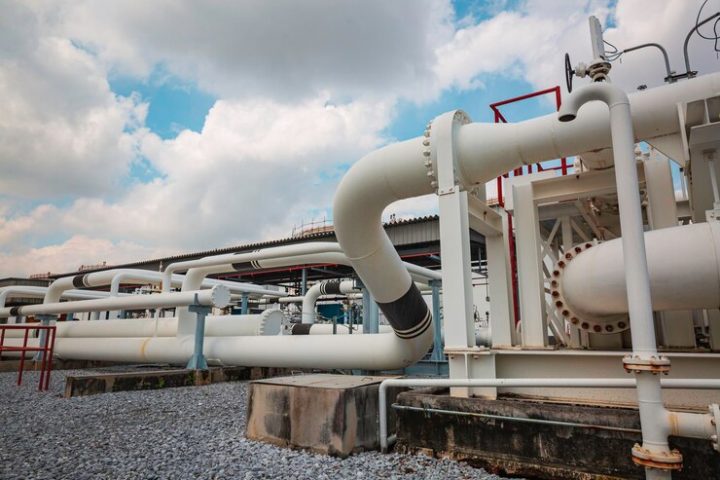Introduction
In the world of engineering, pipe fittings may not always be the star of the show, but they are unquestionably the unsung heroes. These unassuming components are the linchpin of any piping system, ensuring that everything runs smoothly and efficiently. Whether it’s in your home plumbing, a chemical processing plant, or an oil refinery, pipe fittings play an essential role in connecting pipes, redirecting flows, and maintaining the integrity of the system. In this comprehensive guide, we will delve deep into the world of pipe fittings, exploring their types, functions, applications, and why they are the crucial dots that connect the intricate network of piping systems.
I. Understanding Pipe Fittings
1.1 What Are Pipe Fittings?
Pipe fittings are mechanical components used to connect, join, or terminate sections of pipe or tubing in a piping system. They come in various shapes, sizes, and materials, each designed to serve a specific purpose. The primary function of a pipe fitting is to ensure a secure and leak-free connection between pipes while allowing for adjustments, redirections, and changes in flow direction.
1.2 Types of Pipe Fittings
There is a wide variety of pipe fittings available, each designed for a specific application. Here are some common types:
1.2.1 Elbow Fittings: Elbows are used to change the direction of pipe runs. They come in 45-degree and 90-degree angles, allowing for flexibility in routing pipes around obstacles or corners.
1.2.2 Tee Fittings: Tee fittings have three openings and are used to create branch connections in a piping system. They come in various configurations, such as equal tees and reducing tees.
1.2.3 Coupling Fittings: Couplings are used to join two pipes of the same diameter. They provide a tight and secure connection.
1.2.4 Union Fittings: Unions are similar to couplings but allow for easy disassembly of pipes for maintenance or repairs.
1.2.5 Reducer Fittings: Reducers are used to connect pipes of different diameters, allowing for a gradual transition in pipe size.
1.2.6 Cross Fittings: Cross fittings have four openings and are used to create branch connections in a piping system.
II. Functions of Pipe Fittings
2.1 Ensuring Leak-Free Connections
One of the primary functions of pipe fittings is to create leak-free connections between pipes. This is crucial to prevent the loss of fluids, whether it’s water in a household plumbing system or hazardous chemicals in an industrial setting.
2.2 Changing Flow Direction
Elbow fittings are commonly used to change the flow direction of a piping system. This is essential for routing pipes around obstacles or directing fluids to their intended destinations.
2.3 Creating Branch Connections
Tee fittings and cross fittings allow for the creation of branch connections in a piping system. This is often necessary to distribute fluids to multiple locations within a facility.
2.4 Adapting to Different Pipe Sizes
Reducer fittings play a critical role in adapting to pipes of different sizes. This is especially important in situations where pipes of varying diameters need to be connected.
III. Applications of Pipe Fittings
3.1 Residential Plumbing
In residential settings, pipe fittings are used in plumbing systems to connect water supply lines, drainage pipes, and gas lines. They ensure that water flows from faucets, toilets flush, and gas appliances operate safely.
3.2 Industrial and Chemical Processing
In industrial and chemical processing plants, pipe fittings are integral to transporting various fluids, including chemicals, gases, and liquids. They must be carefully selected to withstand corrosive environments and extreme temperatures.
3.3 Oil and Gas
The oil and gas industry heavily relies on pipe fittings to construct pipelines, transport crude oil, and refine petroleum products. These fittings must meet stringent safety and quality standards.
3.4 HVAC Systems
Heating, ventilation, and air conditioning (HVAC) systems in commercial and residential buildings use pipe fittings to distribute heated or cooled air throughout the structure. Properly designed and installed fittings are crucial for efficient HVAC operation.
3.5 Construction and Infrastructure
In construction and infrastructure projects, pipe fittings are used for various purposes, including water supply, sewage disposal, and drainage systems. They play a vital role in ensuring reliable and efficient water and wastewater management.
IV. Materials and Considerations
4.1 Material Selection
The choice of material for pipe fittings depends on the specific application and the type of fluids being transported. Common materials include:
– PVC (Polyvinyl Chloride): Used in residential plumbing and irrigation systems.
– Copper: Known for its durability and corrosion resistance, commonly used in plumbing.
– Stainless Steel: Resistant to corrosion, suitable for chemical and industrial applications.
– Brass: Known for its malleability and corrosion resistance, often used for water supply systems.
– Carbon Steel: Commonly used in industrial applications due to its strength and durability.
4.2 Pressure and Temperature Ratings
Pipe fittings must be selected based on their pressure and temperature ratings to ensure they can safely handle the conditions of the specific application. Failure to do so can result in leaks, ruptures, or other safety hazards.
Conclusion
Pipe fittings may not be the most glamorous components in engineering, but they are undoubtedly the glue that holds complex piping systems together. From residential plumbing to industrial processing and everything in between, pipe fittings play a crucial role in ensuring the safe and efficient transport of fluids. Understanding the types, functions, and materials of pipe fittings is essential for engineers, plumbers, and anyone involved in the design and maintenance of piping systems. The next time you turn on a faucet, take a moment to appreciate the intricate network of pipe fittings that make it all possible, quietly connecting the dots in our modern world.
If you’re in search of reliable pipe fittings manufacturers and suppliers, look no further than Enggpro, your trusted B2B Marketplace for Engineering Products and services. We connect you with a network of reputable suppliers, ensuring that you find the right components for your specific needs. With Enggpro, you can count on quality and precision, allowing your projects to flow seamlessly. So, whether you’re designing a state-of-the-art industrial facility or renovating your home plumbing, Enggpro has you covered. Find pipe fittings manufacturers and suppliers from us, and let your engineering projects thrive.



